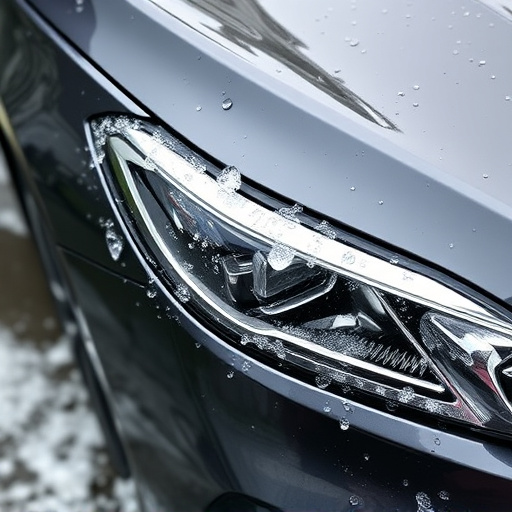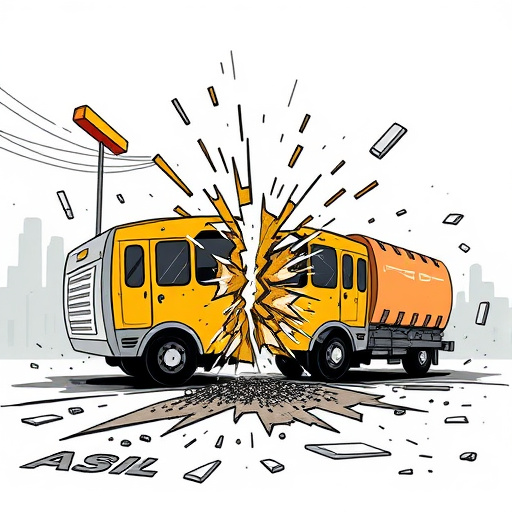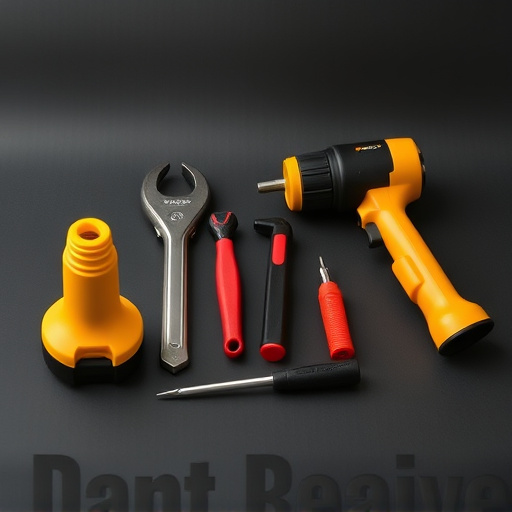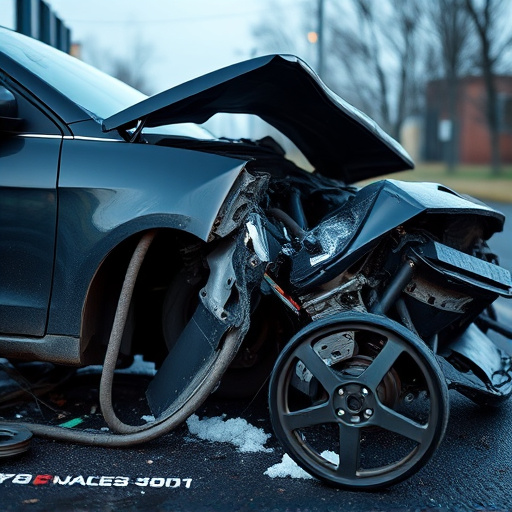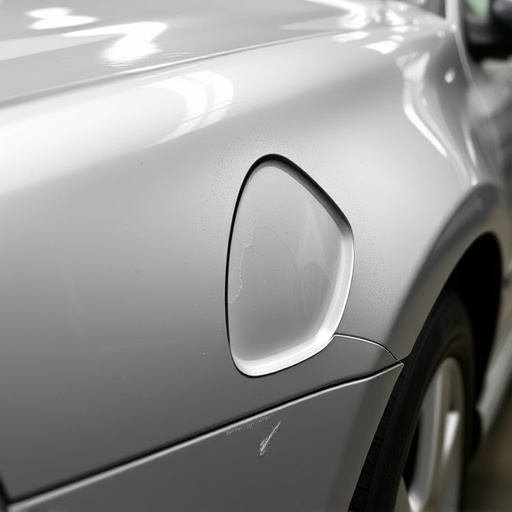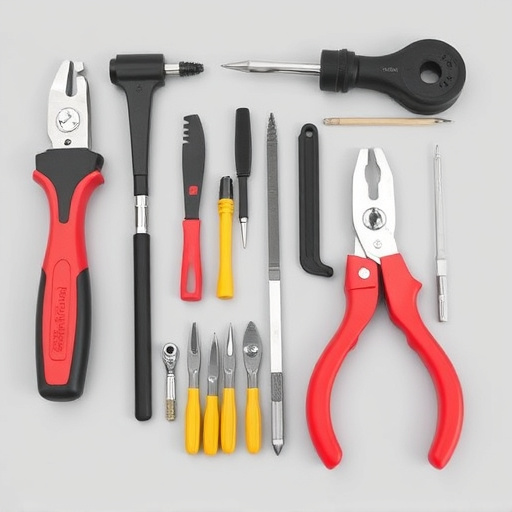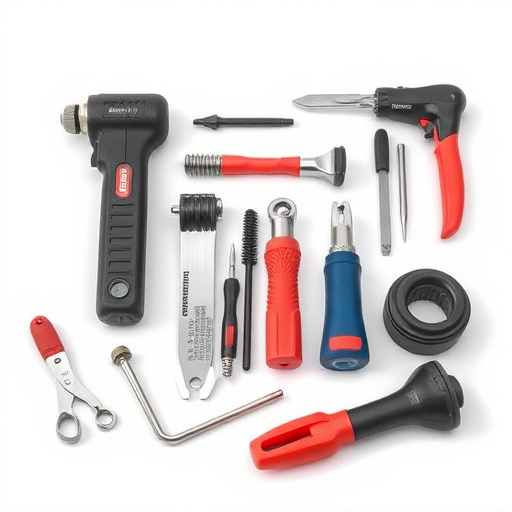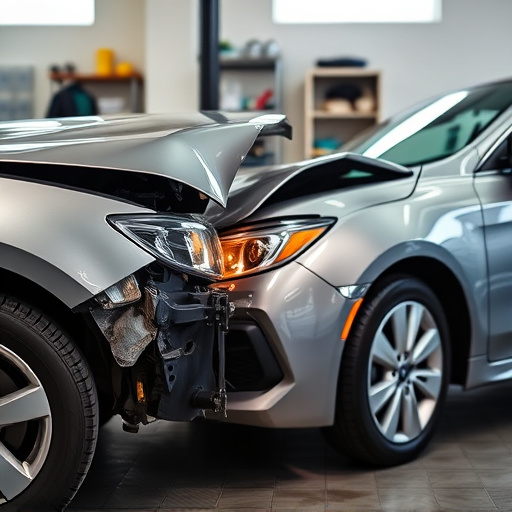After a collision, assessing steering alignment is crucial for safety and handling. Minor crashes may cause subtle misalignments, while severe ones require expert inspection by reliable car repair shops. Skilled mechanics diagnose and rectify issues, ensuring vehicle safety and performance. Look for handling changes during test drives, uneven tire wear, or differences in handling compared to pre-accident conditions. Comparing pre-accident and post-collision steering alignment data helps identify specific misalignments, preventing future safety hazards.
After a car accident, paying close attention to your vehicle’s performance is crucial. Even if the initial impact seems minor, subtle warning signs of steering trouble could indicate significant issues. This article guides you through essential steps to assess potential problems. We explore key areas like evaluating vehicle damage, observing handling and steering during a test drive, and comparing alignment data before and after the collision. By following these tips, you can ensure your safety and make informed decisions regarding repairs.
- Assess Vehicle Damage Following Collision
- Observe Handling and Steering During Test Drive
- Compare Pre-Accident and Post-Collision Alignment Data
Assess Vehicle Damage Following Collision

After a collision, one of the first steps to determine the severity of the accident is to assess the vehicle damage. This includes checking for any signs of misalignment in the steering system. Even minor fender benders can cause subtle yet significant shifts in the car’s alignment, affecting its handling and safety features.
In the event of a crash, especially if it was a severe one, it’s crucial to visit a reliable car repair shop for an expert inspection. Skilled mechanics equipped with advanced tools can accurately diagnose issues related to steering alignment after a collision, which is critical for a Mercedes Benz repair or any vehicle make and model. They will ensure that your car is safe to drive and make necessary repairs, including car paint repair if needed, to get you back on the road smoothly.
Observe Handling and Steering During Test Drive
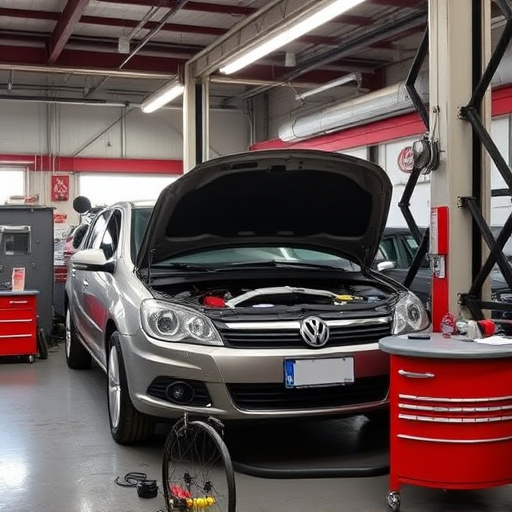
During a test drive following an accident, pay close attention to how the vehicle handles and steers. Even minor changes in steering alignment after a collision can indicate significant damage. Look for any inconsistencies in the way the wheels track straight or if the car pulls to one side when accelerating. Skilled mechanics refer to these as “pull tests” and they’re crucial for diagnosing issues with the steering system, suspension, or even the vehicle’s frame.
If you notice uneven tire wear patterns or a noticeable difference in how the vehicle handles compared to its pre-accident condition, it might be time to consider professional automotive body work or repair services. These experts can thoroughly inspect and adjust the steering alignment, ensuring your car is safe and handling smoothly before hitting the road again.
Compare Pre-Accident and Post-Collision Alignment Data
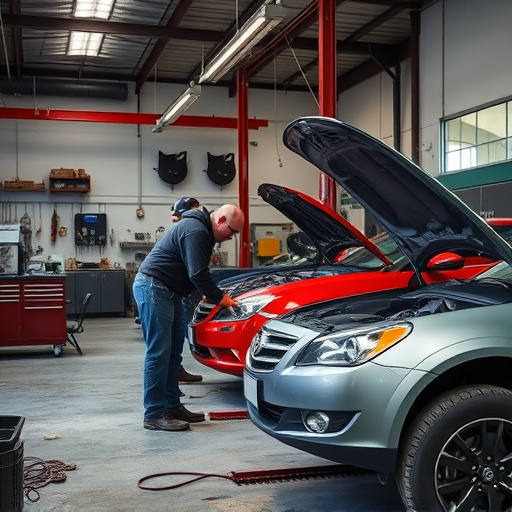
When assessing potential steering trouble after an accident, comparing pre-accident and post-collision alignment data is crucial. This involves examining the vehicle’s wheel alignment to detect any deviations from its original specifications. A fender bender or minor collision might not immediately reveal significant issues, but analyzing these data points can uncover subtle misalignments that could lead to steering problems if left unaddressed.
For fleet repair services and professional vehicle body repair experts, comparing alignment data is a standard practice in diagnosing post-accident damage. By identifying shifts in the vehicle’s geometry—such as camber, caster, or toe angles—they can pinpoint the root cause of any handling abnormalities. This proactive approach ensures that repairs are tailored to fix specific misalignments, preventing future issues and enhancing safety on the road.
When assessing potential steering trouble after an accident, it’s crucial to look beyond visible damages. By carefully evaluating vehicle handling and comparing alignment data before and after the collision, you can uncover critical clues. If discrepancies in steering alignment persist, it may indicate deeper issues that require professional attention to ensure safe and reliable operation. Don’t overlook these warning signs—they could be the key to preventing future problems on the road.
